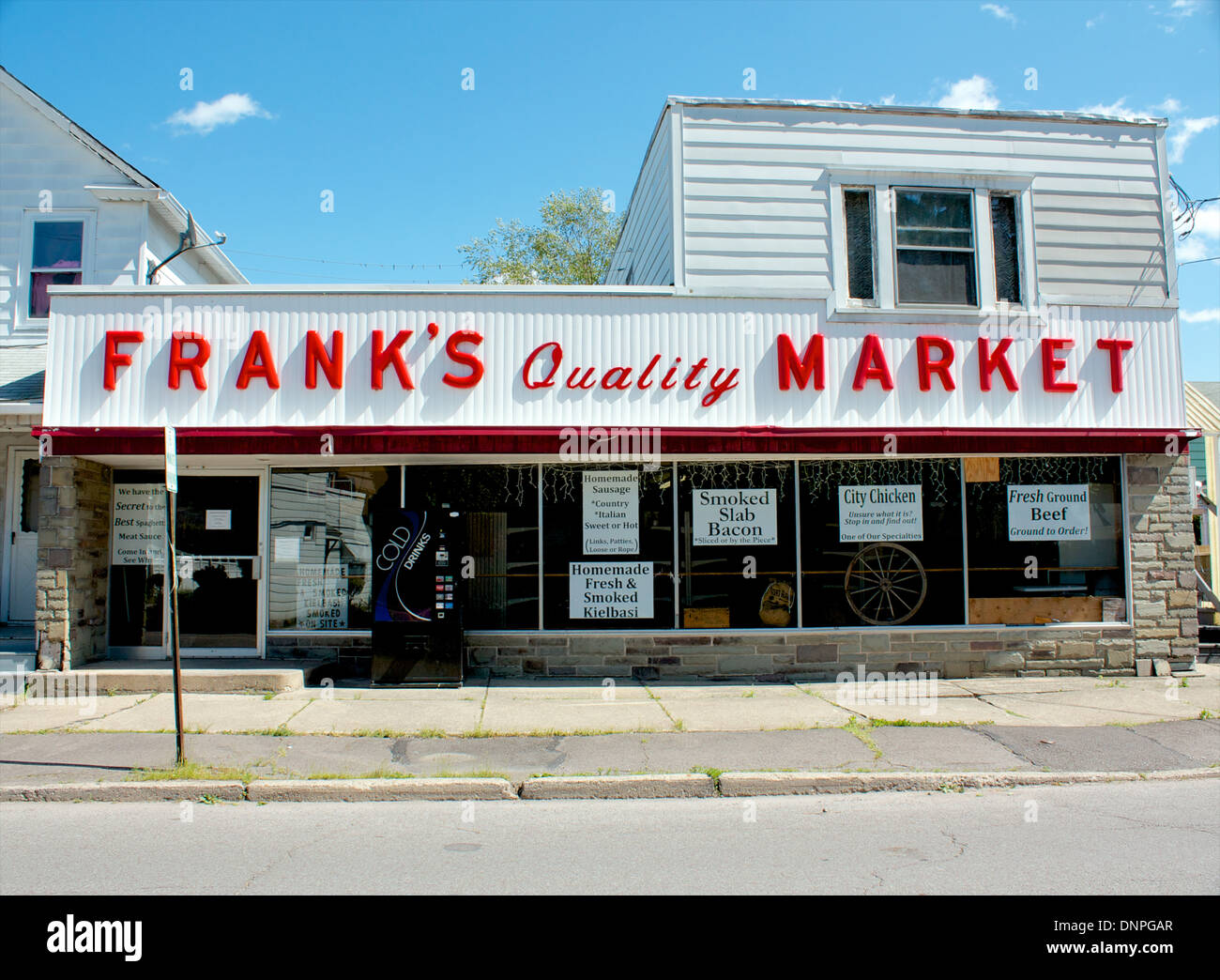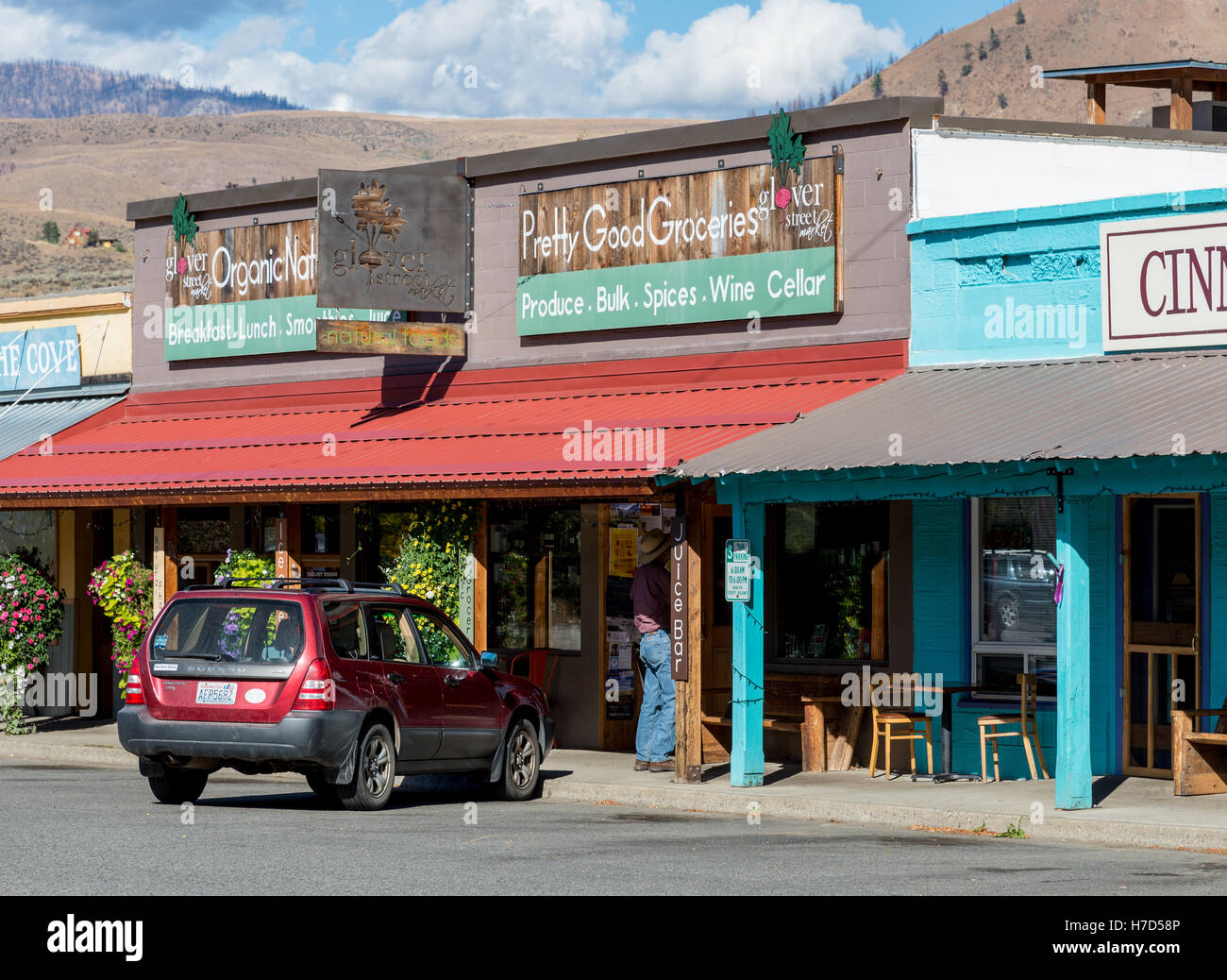Do you remember simpler times, perhaps a childhood spent in a close-knit Virginia town? Those memories are often interwoven with the local general store, a vibrant hub of community life, but that image is fading fast.
Whether it was a quick trip to grab household essentials for your mom or a personal indulgence like a piece of candy or a refreshing ice cream cone, these stores were more than just places to shop. They were social epicenters, spots to catch up on local news and connect with neighbors. In Ashburn, VA, many fondly remember their favorite neighborhood shopping destinations, the kind of places where the staff knew your name and your usual order. But the landscape is shifting, and these small-town institutions are facing unprecedented challenges.
| Category | Details |
|---|---|
| Topic Focus | The changing landscape of rural grocery stores and their importance to communities. |
| Key Challenges | Competition from big box stores, thin profit margins, and the aging of rural grocery store owners. |
| Potential Solutions | Community support, innovation in business models, and leveraging resources like Small Business Development Centers. |
| Geographic Focus | Rural communities in states like Kansas, North Dakota, and Minnesota. |
| Statistical Data | Closure rates of rural grocery stores and average profit margins. |
| Examples of Innovation | Cooperative grocery stores and adapting inventory to meet specific community needs. |
| Expert Insights | Peter's perspective on the economics of scale and Carver's analysis of buying power. |
| Resources | Small Business Development Centers (SBDC) and U.S. Department of Agriculture grants. |
While some small towns boast a few grocery stores perhaps three or more the reality for many rural communities is starkly different. The absence of a local grocery store creates a ripple effect of negative consequences. Residents, particularly the elderly and those without reliable transportation, find themselves with limited access to fresh fruits and vegetables. This often leads to relying on convenience stores with their limited and often less healthy options, or extending the time between grocery shopping trips, impacting their overall well-being.
Recognizing the severity of the problem, proactive measures are being taken. One group initiated a project by securing a small grant from the U.S. Department of Agriculture to conduct surveys of grocery store owners in towns with populations of 2,500 or fewer. This data collection was a crucial first step in understanding the specific challenges faced by these vital community businesses. Six years later, when Capouch sought to delve deeper into the issue in North Dakota, she utilized the same survey template, demonstrating the enduring value and replicability of this initial research.
The success of a grocery store, whether in a bustling urban center or a quiet rural town, hinges on a variety of factors. Staffing and customer service strategies play a vital role, with hiring and training employees to provide personalized service being paramount. Peter aptly notes that "for grocery stores or any retail outlets in rural or smaller suburban communities, it really is an economics of scale issue." Independent, small-town stores often lack the buying power enjoyed by larger chains in urban areas, as Carver points out. This disparity puts them at a significant disadvantage when it comes to pricing and competition.
The Rural Grocery Initiative's findings paint a sobering picture. Between 2008 and 2018, a staggering 105 grocery stores closed their doors in rural Kansas, and in half of those communities, no new stores have emerged to fill the void. This underscores the urgent need for innovative solutions and community support to preserve these essential businesses.
- Elon Musk A Look Inside His Complex Relationships Life
- Christina Hendricks Photos Cleavage Mad Men Memories
Like many American institutions, the rural grocery store is undergoing a period of significant change. Big box competition from larger towns nearby is fierce, drawing customers away with the promise of lower prices and wider selections. Rural customers, with increased mobility, readily travel to these larger towns, further impacting the viability of local stores. Adding to the challenge is the graying of the American workforce, with many rural grocery store owners facing retirement, leaving a potential leadership vacuum.
In Malvern, the absence of a grocery store stands in stark contrast to the town's otherwise positive trajectory. This highlights the critical role a grocery store plays in the overall health and well-being of a community. Innovation in rural grocery stores is not just about business; it's about community building, finding creative ways to meet the needs of residents and foster a sense of belonging.
In Clinton, MN (population 376), Bonnie Maas assists a customer at the grocery store that Carlson has diligently owned and operated for over 20 years. This exemplifies the dedication and longevity of many rural grocery store owners who are deeply invested in their communities. Their commitment goes beyond simply running a business; it's about providing a vital service and maintaining a community lifeline.
The absence of a grocery store is a sharp contrast to Malverns otherwise encouraging trajectory. It underscores the importance of these establishments as more than just retail outlets; they are cornerstones of community well-being.
Winger, 69, expresses a sentiment shared by many in his position: "I was worried about leaving the local community without a grocery store to shop at." His parents' legacy and his own commitment to serving the community weighed heavily on his decision, highlighting the personal sacrifices often made by rural grocery store owners.
The exterior of Wimbledon Community Grocery stands as a testament to community effort and resilience. It represents a tangible commitment to providing access to food and essential goods in an area where options may be limited.
Grocery retail, in general, is a tough business, but the challenges are amplified in rural settings. Profit margins for small stores are often razor-thin, making it difficult to compete with larger chains that benefit from economies of scale. While a larger grocery store might generate around $320,000 a week, Capouch notes that rural grocery stores in North Dakota bring in an average of just $20,000, with over 50% having an annual net profit margin of $18,000 or less. These figures underscore the precarious financial position of many rural grocery stores.
Hassler, a regular customer and investor in a small grocery store opened in 2022 as a cooperative, exemplifies the community support that can help sustain these businesses. The store provides convenience, certainly, but it offers so much more. "Its the only place in town to buy fresh fruits," he says, highlighting the critical role it plays in providing access to healthy food options.
After two years, people around town have grown weary of waiting for a store. This highlights the frustration and inconvenience experienced by residents when their local grocery store disappears.
The absence of the grocery store is a sharp contrast to Malvern's otherwise encouraging trajectory.
The Small Business Development Center (SBDC), while not a direct funding source, provides invaluable resources and advising at no cost to small business owners. Their expertise can be crucial in navigating the complexities of starting or running a grocery store, particularly in a rural setting. Be sure to connect with them when planning your grocery store project. To learn more, visit www.kansassbdc.net.
Grocery stores often stock products that cater to specific communities, reflecting the cultural diversity and unique culinary traditions of their customer base. For example, if you need chorizo to make an authentic Mexican dish, you're more likely to find it at a small Mexican grocery store than at a large grocery chain. This ability to personalize their offerings is a key strength of small grocery stores.
Small grocery stores can better position themselves to change their inventory to match the needs of shoppers from their community. Adaptability and responsiveness to local preferences are essential for survival in a competitive market.
He has studied the importance of grocery stores to rural communities. His research underscores the vital role these businesses play in providing access to food, creating jobs, and fostering a sense of community.
Eventually, the brothers expanded to three stores with the purchase of a location in Stuart (pop. 1,612) in January 1994, followed by a Panora (pop.). This demonstrates the potential for growth and success even in small, rural communities.
Single-location grocery stores and small independent chains outnumber large chain stores in rural counties, although a few dollar stores carry food, this is the only grocery store in town. This emphasizes the importance of these independent businesses in serving the needs of rural residents.
Rural, independent grocery stores were nearly three times more likely than urban, independent grocery stores to close after a new dollar store opened in the same census tract from 2000 and 2019. This highlights the intense competitive pressure faced by rural grocery stores, particularly from dollar stores that often offer limited food selections at lower prices.
Large chains can leverage their size to get lower prices for products, often through negotiating directly with food manufacturers. This advantage allows them to offer lower prices to consumers, making it difficult for smaller, independent stores to compete.
- Ranger Green Power Rangers Tommy Olivers Legacy
- Pearl Carter From Youngest Pilot To Backstreet Baby Names


